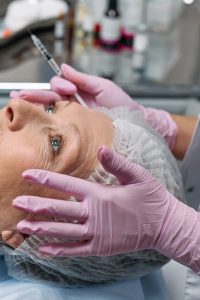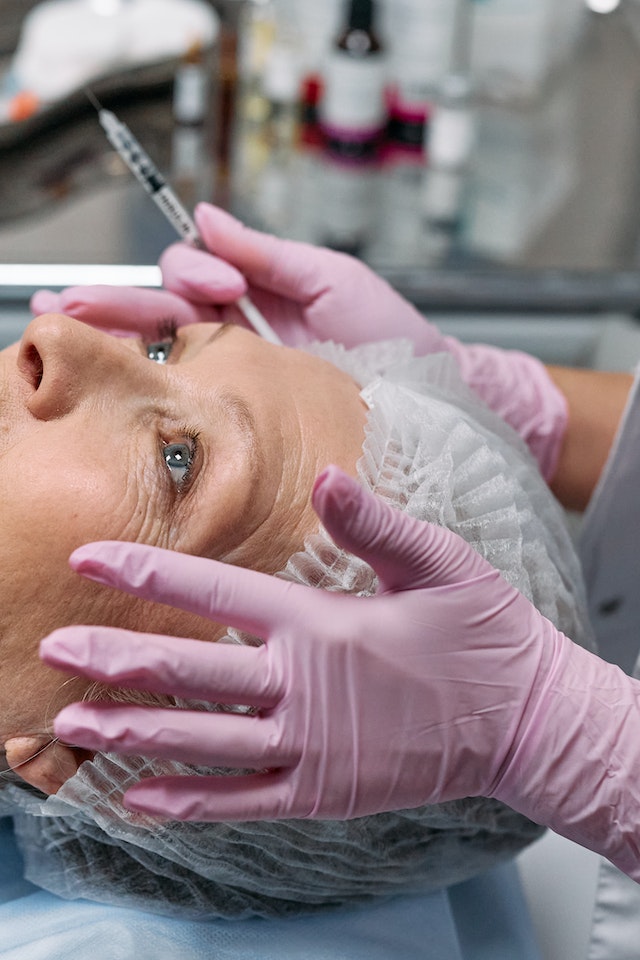Botox Safety: A Threat to Your Health?
Botox, a neurotoxin that temporarily paralyzes facial muscles, has gained immense popularity as a cosmetic treatment to reduce wrinkles and fine lines. While it is widely used for its anti-aging effects, there are growing concerns about its safety and potential risks to overall health. In this article, we will delve into the safety aspects of Botox and explore whether it could pose a threat to your well-being.
Understanding Botox
Botox is a purified form of botulinum toxin type A, a neurotoxic protein produced by the bacterium Clostridium botulinum. It works by blocking nerve signals to specific muscles, leading to temporary muscle paralysis. As a result, it smoothens facial wrinkles, making it a popular choice for cosmetic purposes.
The Cosmetic Appeal of Botox
a. Wrinkle Reduction: Botox is primarily used to treat frown lines, crow’s feet, and forehead lines, providing a more youthful appearance.
b. Minimally Invasive: Botox injections are relatively quick, non-surgical, and require minimal downtime.
Safety Concerns Surrounding Botox
a. Side Effects: While generally safe, Botox can cause side effects like bruising, swelling, headache, and drooping eyelids.
b. Allergic Reactions: In some cases, individuals may experience allergic reactions to Botox.
c. Long-Term Effects: The long-term effects of regular Botox use on facial muscles and overall health are not fully understood.

The Question of Neurotoxicity
a. Neurological Impact: Botox is a neurotoxin, and there is debate about its potential impact on the nervous system and brain.
b. Transmission of Toxin: Concerns have been raised about the toxin’s ability to spread beyond the injection site.
Beyond Cosmetic Use: Medical Applications of Botox
a. Medical Conditions: Botox is used to treat various medical conditions, including muscle spasms, chronic migraines, and excessive sweating.
b. Safety in Medical Applications: The safety profile of Botox in medical treatments may differ from its cosmetic use.
Safety Measures and Precautions
a. Qualified Providers: Choosing a qualified and experienced healthcare professional for Botox treatments is crucial.
b. Informed Consent: Patients should be fully informed about the potential risks and benefits before undergoing Botox injections.
Alternatives to Botox
a. Topical Treatments: Skincare products with retinoids and peptides can help improve skin texture and reduce wrinkles.
b. Natural Approaches: A healthy lifestyle, proper skincare, and protecting skin from sun damage can support overall skin health.
Conclusion
While Botox has become a widely accepted cosmetic treatment for wrinkle reduction, its safety remains a topic of concern. Understanding the potential risks and safety measures associated with Botox is essential for those considering the treatment. While Botox may offer aesthetic benefits, it is crucial to weigh the potential risks against the desired outcomes. Consulting a qualified healthcare professional and exploring alternative approaches can help individuals make informed decisions about their overall health and cosmetic choices.




